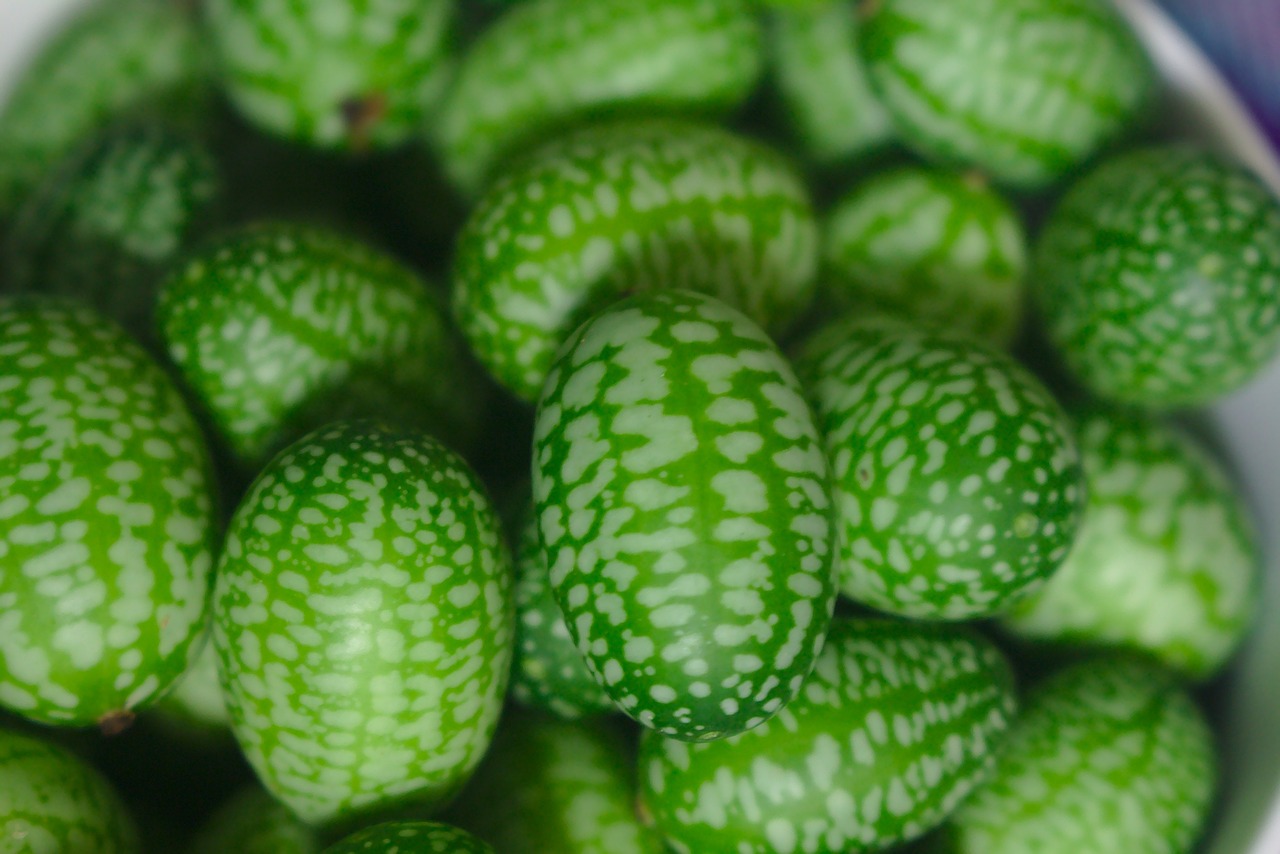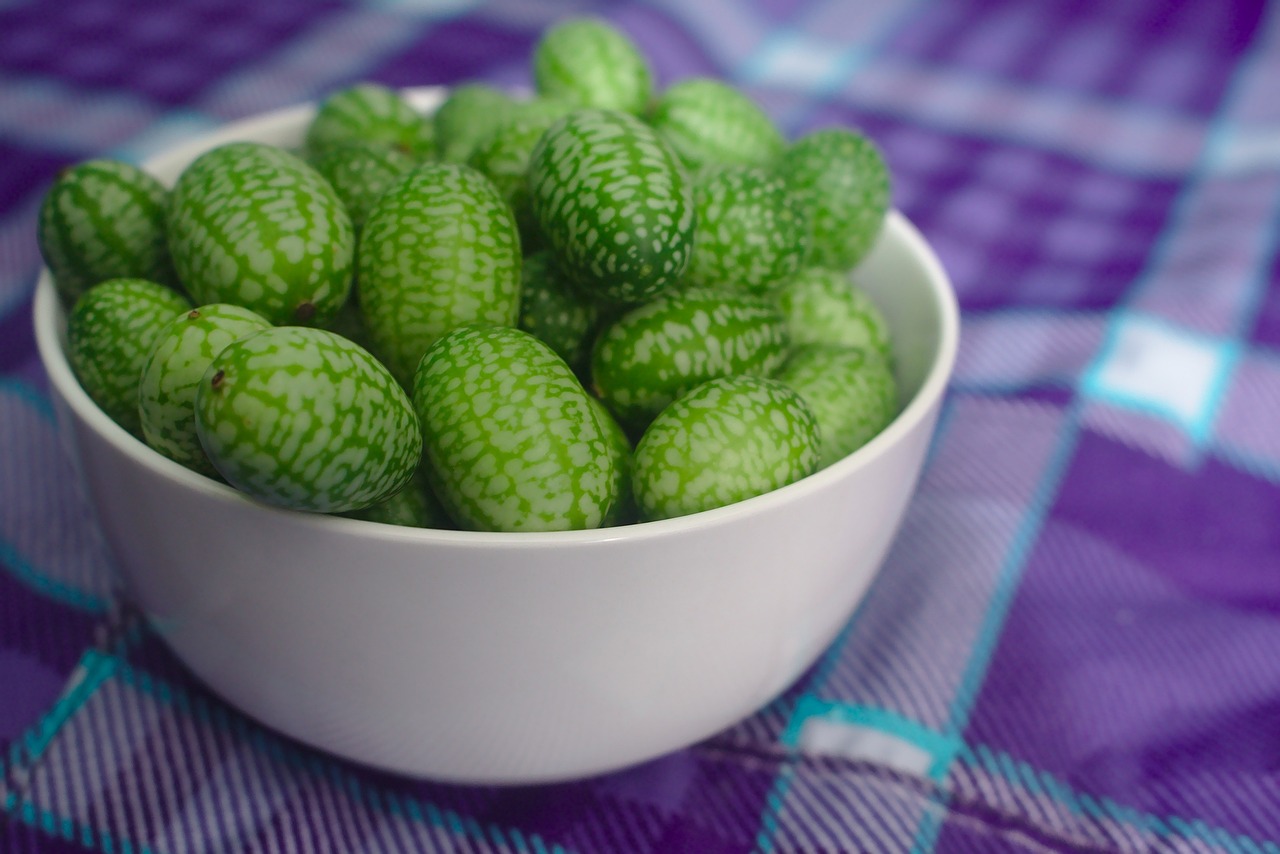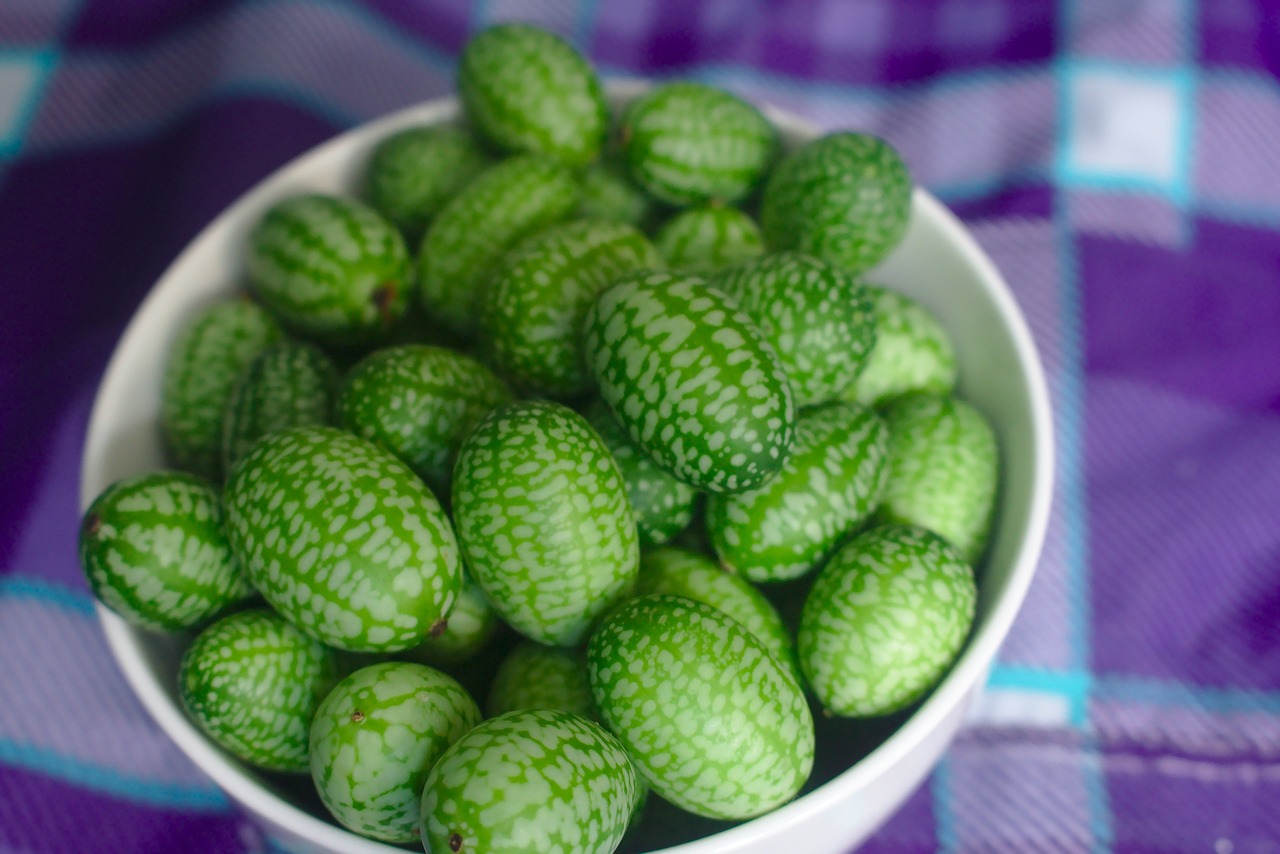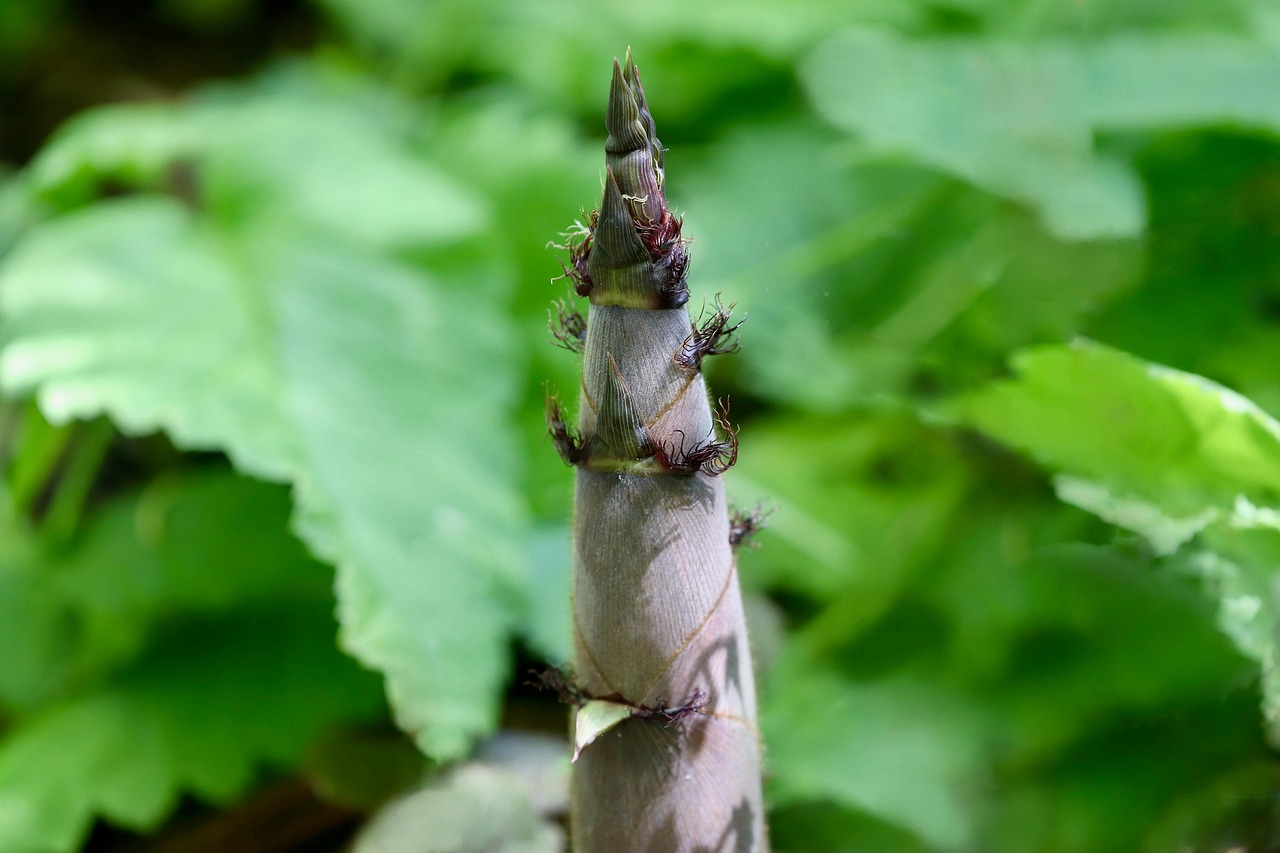To successfully grow cucamelons, provide them with warm conditions, well-drained soil, and adequate support for their climbing habit. Regular watering and fertilization will ensure healthy growth. Start seeds indoors or sow them directly in the garden after the last frost for the best results.
Cucamelons, also known as Melothria scabra, are delightful little fruits that resemble miniature watermelons. Their unique appearance and refreshing taste make them a popular choice among home gardeners. Originating from Mexico and Central America, these tiny fruits are not only edible but also add an exotic flair to salads and snacks. With the right care and attention, growing cucamelons can be an enjoyable and rewarding experience.
These plants thrive in warm weather and require a growing season of around 70 to 80 days. They are often praised for their ability to produce fruit in abundance, making them a great addition to any home garden. Understanding their growing conditions and requirements is essential for achieving success with cucamelons.
Understanding Cucamelon Requirements

When planning to grow cucamelons, it is crucial to consider their environmental needs. These plants flourish in specific conditions that can significantly impact their growth and yield. Below are the key requirements for growing healthy cucamelons:
| Requirement | Details |
|---|---|
| Sunlight | Full sun for at least 6-8 hours daily. |
| Soil Type | Well-draining soil rich in organic matter. |
| Temperature | Optimal growing temperature is between 70°F to 85°F (21°C to 29°C). |
| Watering | Regular watering to keep soil consistently moist but not waterlogged. |
By adhering to these requirements, gardeners can create an ideal environment for cucamelons to thrive. It is also important to note that cucamelons are climbing plants. Therefore, providing them with a trellis or some form of support will help maximize their growth potential and improve air circulation around the plants.
Planting Cucamelons
Deciding when and how to plant cucamelons is crucial for a successful harvest. There are two primary ways to start growing these plants: by starting seeds indoors or by direct sowing outdoors. Each method has its advantages and considerations.
Starting Seeds Indoors
If you choose to start seeds indoors, it is advisable to begin about 4-6 weeks before the last expected frost date in your area. Use seed trays or pots filled with quality seed-starting mix. Keep the soil moist and place the trays in a warm location or use a heat mat to encourage germination.
Direct Sowing Outdoors
For those who prefer direct sowing, wait until the soil temperature reaches at least 60°F (15°C). This usually occurs after the last frost. Prepare the garden bed by loosening the soil and incorporating organic matter. Sow seeds about an inch deep and space them approximately a foot apart to allow room for growth.
Regardless of the planting method chosen, monitoring moisture levels during the germination period is vital. Once seedlings emerge or seedlings are established in the garden, proper care will ensure a fruitful harvest.
As cucamelons mature, they will require attention in terms of watering, fertilization, and pest control. Regular monitoring of plant health will help catch any potential issues early on, leading to a bountiful harvest of these charming little fruits.
Caring for Your Cucamelons
Once you have successfully planted your cucamelons, the next crucial step is providing them with proper care. This includes regular watering, fertilization, pruning, and monitoring for pests and diseases. Each of these aspects plays a vital role in ensuring healthy plant growth and fruit production.
Watering Requirements
Cucamelons thrive in consistently moist soil, but it is essential to avoid overwatering. Overly soggy soil can lead to root rot and other issues. Here are some tips for effective watering:
- Frequency: Water deeply once or twice a week, rather than giving light daily waterings.
- Soil Check: Stick your finger into the soil up to the second knuckle. If it feels dry, it’s time to water.
- Mulching: Apply a layer of mulch around the base of the plants to help retain moisture and suppress weeds.
Fertilization
To achieve optimal growth and fruiting, cucamelons benefit from regular fertilization. When selecting a fertilizer, consider the following:
- Type: Use a balanced fertilizer with an N-P-K ratio (Nitrogen-Phosphorus-Potassium) of about 10-10-10 or similar.
- Timing: Fertilize every 4 to 6 weeks during the growing season. Start with a half-strength solution when plants are young.
- Organic Options: Consider organic fertilizers like compost or well-rotted manure to enhance soil health.
Pruning and Training
Pruning can help promote better air circulation and improve fruit production. Cucamelons are climbing plants, so training them on a trellis or support structure is essential. Here are some guidelines:
- Support: Install a trellis or cage early in the growth stage to guide the plants as they climb.
- Pinching Back: Pinch back the tips of young plants to encourage bushier growth and more branching.
- Removing Dead Leaves: Regularly check for and remove any dead or yellowing leaves to keep plants healthy.
Pest and Disease Management
Cucamelons can be susceptible to various pests and diseases. Regular monitoring is key to catching issues early. Here are some common pests and diseases to watch for:
Common Pests
- Aphids: Small green or black insects that can weaken plants. Use insecticidal soap or neem oil for control.
- Spider Mites: Tiny pests that thrive in dry conditions. Increase humidity or use miticides to manage infestations.
- Cucumber Beetles: These can damage leaves and spread disease. Handpicking or using row covers can help prevent them.
Disease Prevention
Maintaining good garden hygiene and plant health is essential for preventing diseases. Follow these practices:
- Crop Rotation: Avoid planting cucamelons or related plants in the same spot year after year to reduce disease buildup.
- Watering Technique: Water at the base of the plant to minimize leaf wetness, which can lead to fungal diseases.
- Healthy Seeds: Always use disease-free seeds or seedlings from reputable sources.
Harvesting Cucamelons
The moment you have been waiting for—harvesting your cucamelons! These fruits are typically ready for harvest about 70-80 days after planting. Knowing when and how to pick them ensures you enjoy their best flavors.
When to Harvest
Cucamelons are best harvested when they are small, about the size of a grape, and still firm. Here are some indicators of ripeness:
- Size: Harvest when fruits are 1-2 inches long.
- Color: Look for a vibrant green color with noticeable stripes.
- Firmness: Gently squeeze; they should feel firm but not hard.
How to Harvest
To harvest cucamelons, follow these simple steps:

- Use scissors or pruning shears to cut the stem just above the fruit, avoiding damage to the plant.
- Place harvested cucamelons in a basket or container to prevent bruising.
- Store harvested fruits in a cool, dry place or refrigerate them for up to two weeks.
With proper care and attention, you will enjoy a rewarding harvest of cucamelons that can be used in salads, salsas, or enjoyed fresh off the vine. The sweet, tangy flavor of these unique fruits will surely impress your family and friends.
Utilizing Cucamelons in the Kitchen

Once you have harvested your cucamelons, the next step is to explore the culinary possibilities they offer. These tiny fruits are not only versatile but also add a unique flavor and aesthetic appeal to various dishes. Understanding how to best utilize cucamelons can enhance your meals and impress your guests.
Preparation Methods
Cucamelons can be enjoyed raw or cooked. Here are some popular preparation methods:
- Raw: Simply wash the cucamelons and serve them as a refreshing snack or appetizer. They make an excellent addition to a veggie platter.
- Pickle: Cucamelons can be pickled much like cucumbers. Their crisp texture holds up well in brine, making for delicious pickled snacks.
- In Salads: Slice or halve cucamelons and add them to salads for a burst of flavor and color. Their tangy taste complements many salad ingredients.
- Cooked Dishes: Lightly sauté cucamelons with other vegetables or incorporate them into stir-fries for a unique twist.
Recipe Ideas
To inspire your culinary creativity, here are a few simple recipes that feature cucamelons:
Cucamelon Salsa
This fresh salsa is perfect for serving with tortilla chips or as a topping for grilled meats.
- Combine 1 cup diced cucamelons, 1 cup diced tomatoes, 1/2 cup chopped red onion, and 1/4 cup chopped cilantro in a bowl.
- Add the juice of one lime, salt, and pepper to taste. Mix well.
- Let the salsa sit for 15 minutes to allow flavors to meld before serving.
Pickled Cucamelons
These quick pickles are a delightful snack and can be stored in the refrigerator for several weeks.
- In a saucepan, combine 1 cup vinegar (white or apple cider), 1 cup water, 1 tablespoon sugar, and 1 tablespoon salt. Heat until dissolved.
- Place washed cucamelons in a clean jar and pour the brine over them, ensuring they are fully submerged.
- Add spices such as dill, garlic, or red pepper flakes as desired. Seal the jar and refrigerate for at least 24 hours before enjoying.
Cucamelon Salad with Feta
This light salad pairs well with grilled proteins or can be enjoyed on its own.
- Toss together 2 cups of mixed greens, 1 cup halved cucamelons, 1/2 cup crumbled feta cheese, and 1/4 cup sliced olives.
- Drizzle with olive oil and balsamic vinegar, then season with salt and pepper to taste.
- Gently mix all ingredients and serve immediately.
Storage Tips for Cucamelons
If you find yourself with an abundance of cucamelons, proper storage techniques will help preserve their freshness and flavor. Here are some effective storage methods:
Short-term Storage
For short-term use, follow these guidelines:
- Refrigeration: Store cucamelons in the vegetable crisper drawer of your refrigerator. They can last up to two weeks when kept cool and dry.
- Avoid Moisture: Keep them in a breathable container or a paper bag to prevent moisture accumulation, which can lead to spoilage.
Long-term Storage Options
If you wish to store cucamelons for a longer period, consider these methods:
- Pickling: As mentioned earlier, pickling cucamelons extends their shelf life significantly while adding delicious flavor.
- Freezing: Although not commonly done due to their texture changes, you can freeze cucamelons by blanching them briefly in hot water followed by an ice bath before placing them in freezer bags. Use within six months for best quality.
Cucamelon Varieties
While the standard cucamelon is widely recognized, there are different varieties available that may offer unique flavors or appearances. Here are a few notable types:
- Mexican Sour Gherkin: This is the most common variety known for its tangy taste and distinctive watermelon-like appearance.
- Miniature Watermelon: A variety that has a slightly sweeter flavor profile while still retaining the characteristic size and shape of traditional cucamelons.
- Cucamelon Hybrid: Some hybrids may be bred for specific traits such as disease resistance or enhanced flavor profiles.
Experimenting with different varieties can add diversity to your garden and culinary creations. Each type may offer unique characteristics that enhance your growing experience and meal preparation. Enjoy exploring all that cucamelons have to offer!
Challenges in Growing Cucamelons

While growing cucamelons can be a rewarding experience, gardeners may encounter a few challenges along the way. Being aware of these potential issues can help you prepare and respond effectively.
Common Challenges
- Pest Infestations: As previously mentioned, cucamelons can attract pests such as aphids and cucumber beetles. Regular monitoring and prompt action can prevent these pests from becoming problematic.
- Disease Susceptibility: Fungal diseases like powdery mildew can affect cucamelons, particularly in humid conditions. Providing adequate spacing and air circulation can help mitigate this risk.
- Temperature Fluctuations: Cucamelons thrive in warm climates, and sudden temperature drops can hinder growth. Using row covers or cloches can protect young plants during unexpected cold snaps.
Environmental Factors
It is important to consider the environmental factors that influence cucamelon growth. Here are some key considerations:
- Soil Quality: Well-draining soil rich in organic matter is essential for healthy cucamelon plants. Conducting a soil test can help determine necessary amendments.
- Sunlight Exposure: Ensure your cucamelons receive full sun for optimal growth. If planting in a location with partial shade, consider using reflective materials to increase light exposure.
- Water Management: Both overwatering and underwatering can harm cucamelons. Implementing a consistent watering schedule based on local weather conditions is vital.
Cucamelons in Sustainable Gardening
Cucamelons are an excellent addition to sustainable gardening practices. They are relatively easy to grow and do not require excessive resources compared to traditional crops. Here are some benefits of incorporating cucamelons into your sustainable gardening efforts:
- Biodiversity: Growing cucamelons encourages biodiversity in your garden, supporting local ecosystems and attracting beneficial insects.
- Minimal Pesticide Use: With proper care, cucamelons can be grown with minimal pesticide intervention, making them a great choice for organic gardening.
- Edible Landscaping: Their unique appearance makes them an attractive option for edible landscaping, combining aesthetics with functionality.
Final Thoughts
Growing cucamelons offers a unique opportunity for home gardeners to explore an exotic fruit that adds flavor and visual interest to the garden and kitchen. By understanding their specific growing requirements, you can cultivate these delightful plants successfully. From planting and care techniques to culinary applications, each aspect of growing cucamelons is an enjoyable learning experience.
As you embark on your journey with cucamelons, remember the importance of patience and observation. Each season brings new challenges and rewards, making gardening a continually evolving practice. Embrace the process, share your harvest with friends and family, and enjoy the sweet, tangy taste of your homegrown cucamelons.
With the knowledge gained from this guide, you are well-equipped to cultivate these charming fruits and incorporate them into your culinary creations. Happy gardening!
